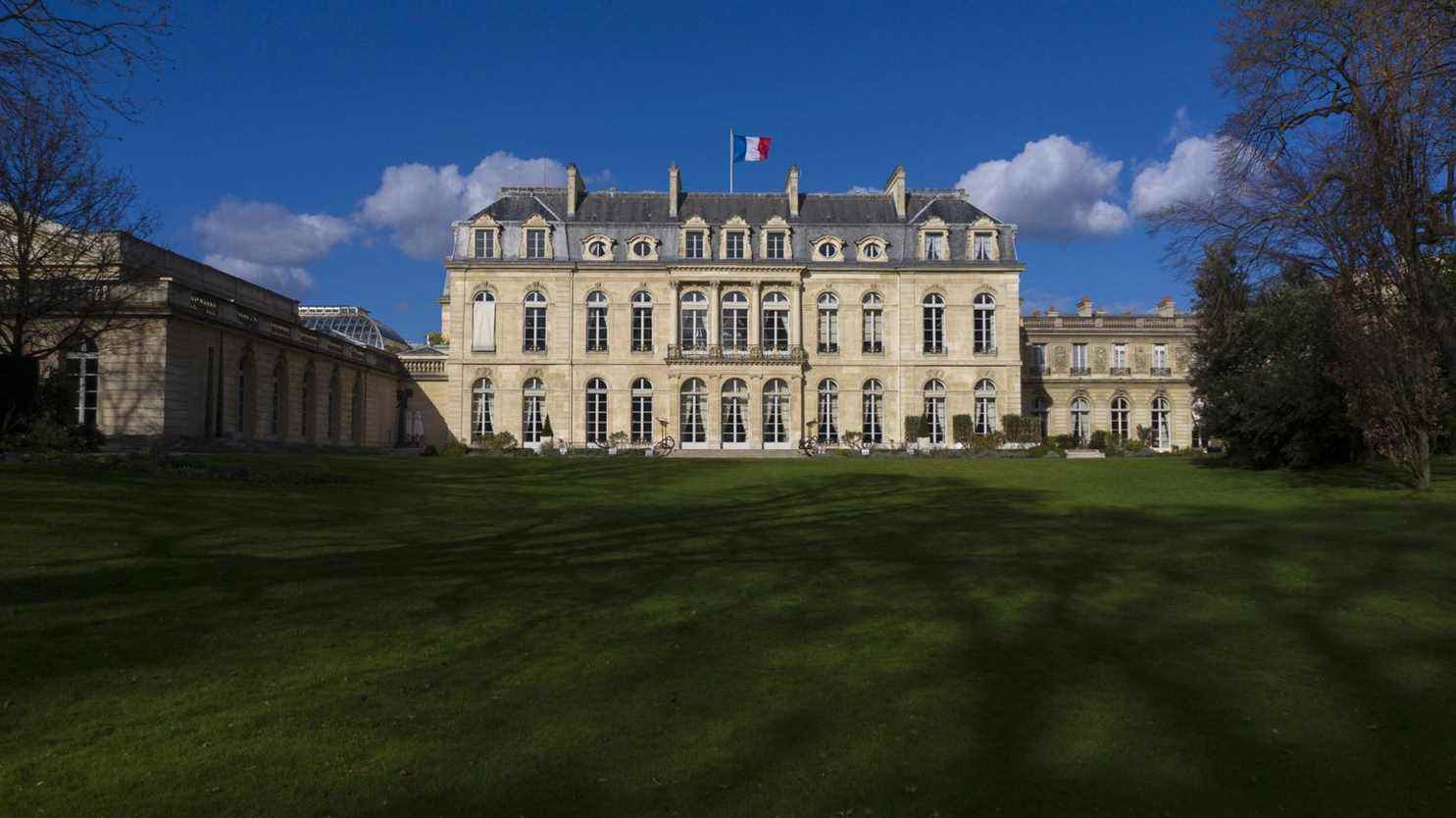The gardens of the Élysée Palace have a long, very long history. It began in 1720 when the Count of Evreux had a private mansion built, extended by French-style gardens which at the time stretched as far as the Seine.
In 1753, Louis XV offered it to his favorite Madame de Pompadour who made some adjustments and liked to play shepherdesses there. She also grazes a flock of sheep that wear ribbons around their necks.
Pierrick Eberhard is a journalist and author. He is preparing a book devoted to the relationship between politicians and the art of the garden and knows the rest of the story by heart: “The gardens and the palace were bought by Louis XVI in 1786. This king was very fond of the gardens. The Élysée passed the following year in the hands of Louise-Marie-Thérèse-Bathilde d’Orléans, Duchess of Bourbon and Princess of Condé.”
“The Duchess saved her life during the Revolution by conveniently donating the Elysée Palace and gardens to the nation.”
Pierrick Eberhardat franceinfo
The Duchess of Bourbon transformed the French-style park into English-style gardens. Generous massifs, small paths, green theater replace the formalism of Versailles.
After the Revolution, the Élysée was bought by Joachim Murat, Marshal of the Empire and Napoleon’s brother-in-law. When Murat was named King of Naples in 1808, he ceded all his properties to the Emperor. Napoleon, who was very fond of gardens, moved to the Élysée in 1812. This would be his last Parisian residence before leaving for the island of Sainte-Hélène. “About Napoleon’s love for gardens, we can quote this famous saying of the Emperor on Fontainebleau: ‘Here, in these gardens, power takes root’. Which says a lot about the fascination that politicians can have for gardens.”
The Élysée then became a residence for foreign ambassadors and heads of state. In 1840, the famous architect Adolphe Alphand redesigned the park which has not really changed since. The palace and gardens became the official residence of heads of state in 1873.
Some tenants (or their wives) are passionate about these gardens. Like Valéry Giscard d’Estaing: “He was very sensitive to the art of the garden. During his mandate, he wanted to give back to the park its royal side, very Grand Siècle. He therefore wanted to install some boxwood embroidery in the French style. Which did not lend itself so much to the design of the garden. The embroideries have been erased by time… and the gardeners. When Giscard left, we removed what was not in line with the gardens”, explains Pierrick Eberhard.
Today, the Elysée gardens cover an area of approximately 1.5 ha. You can visit them during the Heritage Days which will take place this year on September 17 and 18.
